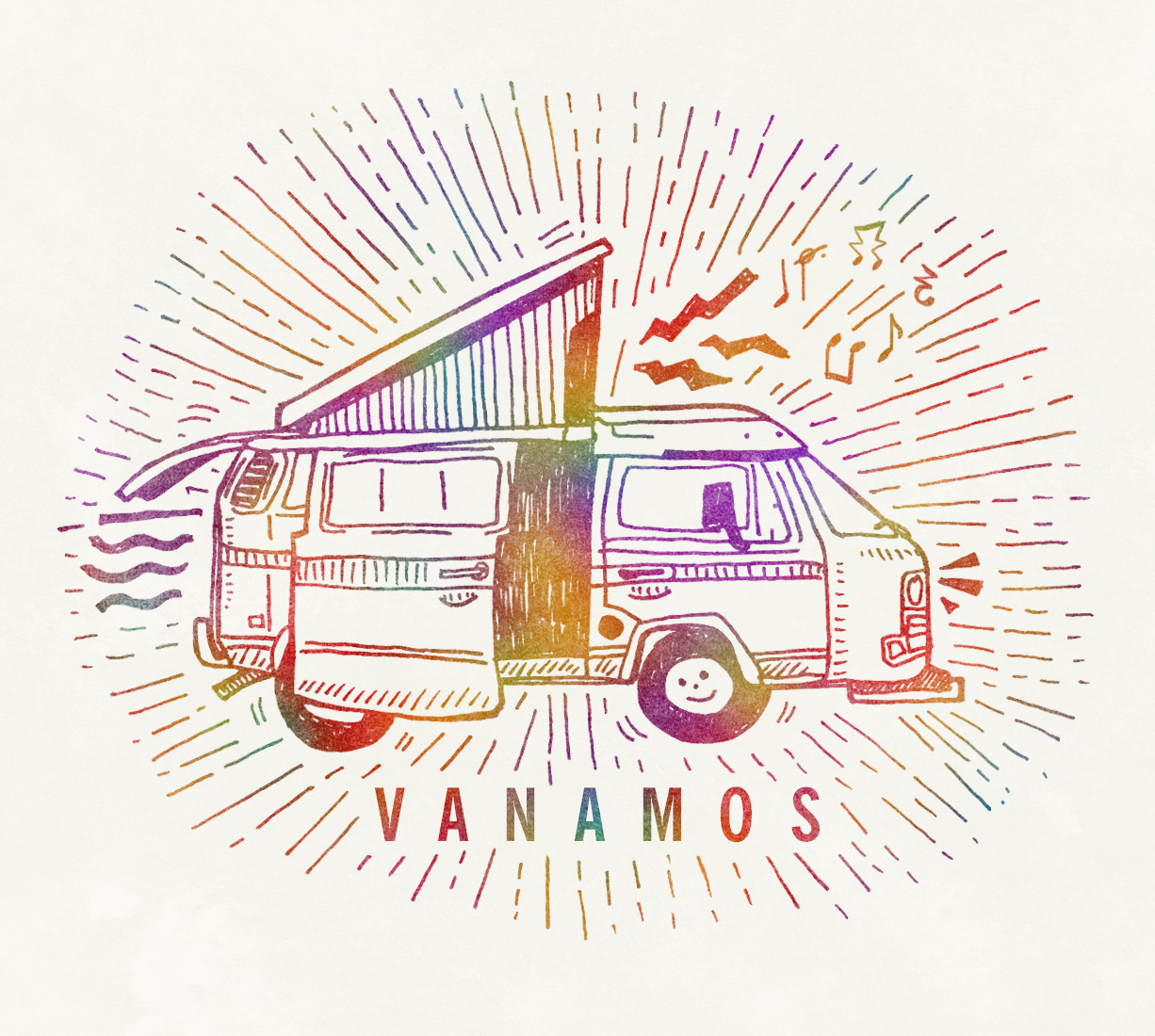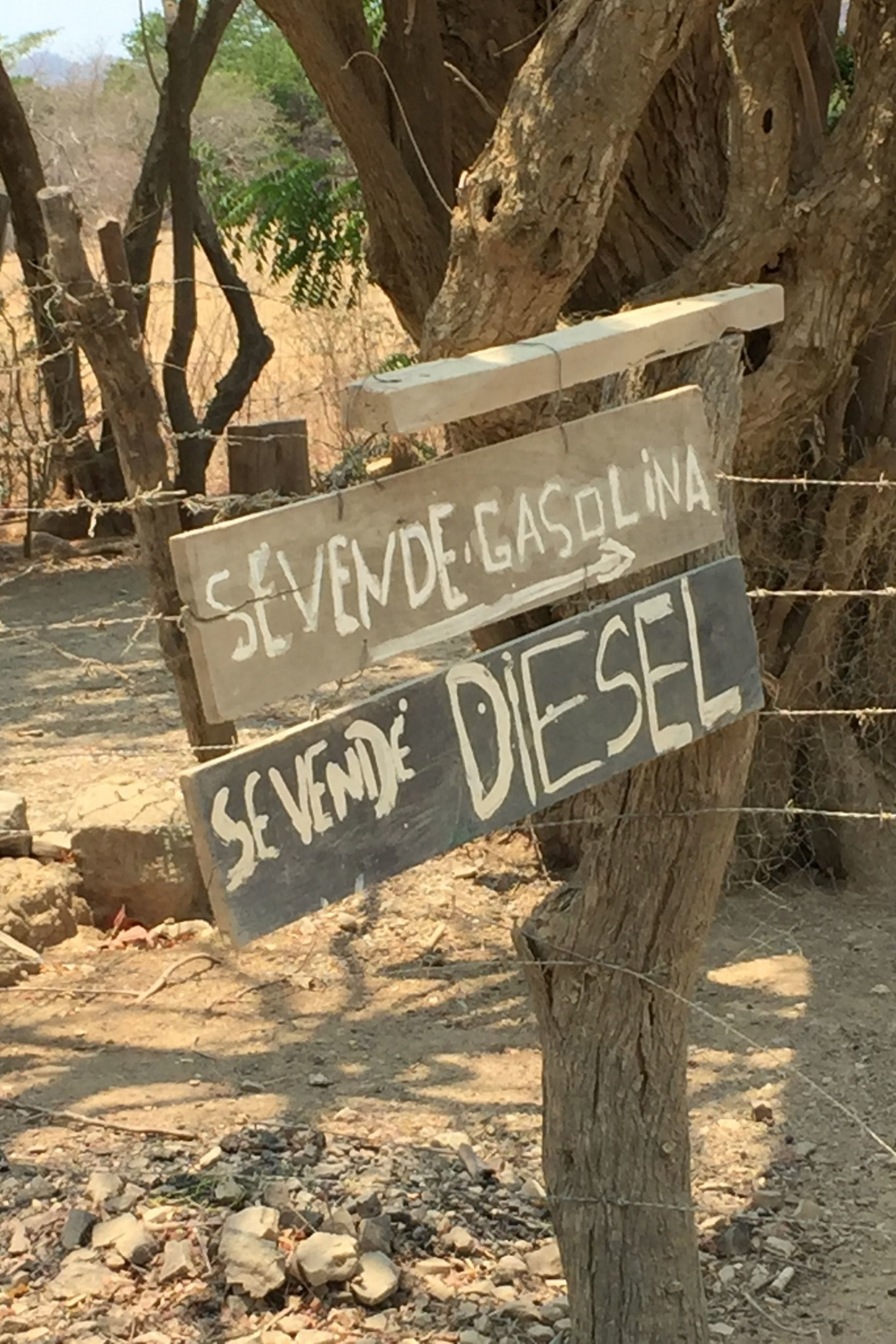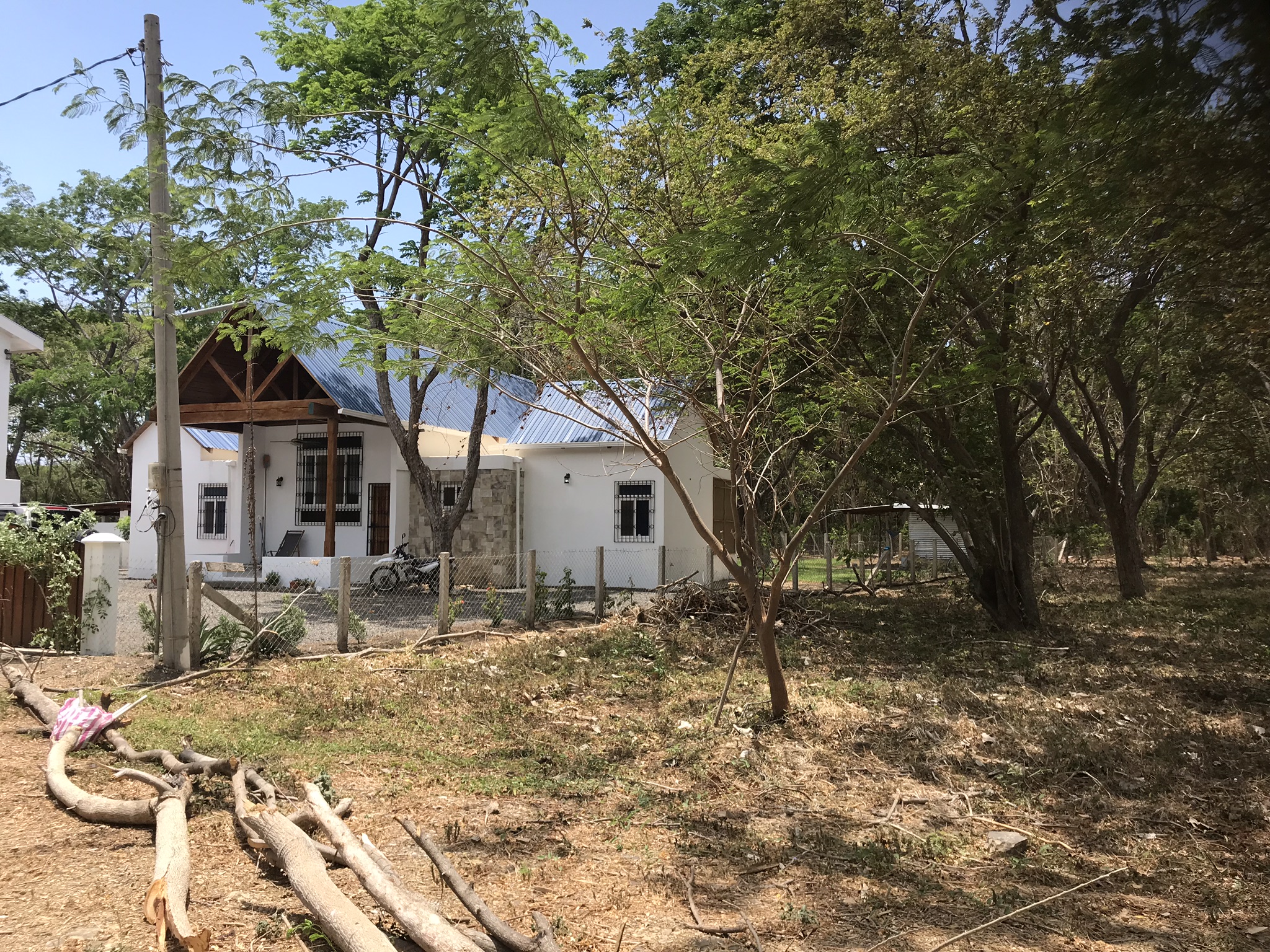By the time we got to Nicaragua on our year-long overland trip we were road warriors. We had been driving for six months. We ate dust for breakfast, stomped scorpions with our bare feet, and scoffed at the luxury of a clean shirt.
We don’t tolerate scorpions who try to steal our matches.
Heat? We didn’t feel it. Dirt and debris? We didn’t see it. Signs warning that alligators might come out of the lagoon and eat us? We couldn’t read them because they were written in Spanish. We only moved our camp after someone warned us and we moved not to save ourselves - we wanted the story to tell - but for the sake of the alligators - we were sinewy and tough, not plump and delicious.
It seemed like a nice spot for camping . . .
After so many months of climbing windy mountain roads with our fingers crossed that a bus, car, or even a bicycle would come from the other direction to confirm the road went somewhere, even if it was a town populated by as many hens as people, we were unfazed by anything we might see or hear. We had come to expect an excitement more exhilarating than walking into the local Harris Teeter to find Nature Valley granola bars on sale.
Our new normal was the chance to dig our toes into the sand of an empty beach, slide down the side of an active volcano on a skimboard, or see a mother pig shamelessly suckling her piglets in the gutter.
A cow-drawn cart being overtaken by a motorcycle on a dusty road is not an uncommon sight in Nicaragua or any country in Central America.
On of my simple pleasures was to lay in bed in the morning and listen to the howler monkeys make those other worldly roars - I wasn’t sure whether to hide under the bed or get up to look out the window and hand them a glass of Tang to moisten their vocal cords.
Then we went back to Virginia and the kind of life where it was possible - yes, even expected - to change our socks every day and not dry underwear in the windshield of the car. It’s frightening how quickly one falls back into that routine. Fortunately, we finally decided we deserved more and because Coconut and J were done leading the Vanamos life, we moved to San Miguel de Allende, Mexico, one of the most gringo-ized cities in Latin America.
Because San Miguel is in Mexico, there are things that someone accustomed to the US would recognize as different. For example, you might see a donkey eating a piece of corn on the street. But it is also very easy to imagine that you are living in the US. For example, you can still find a place to pay $12 for a hamburger.
We try to avoid, for the most part, those little pieces of the US that people seem to want and like, but even so, little by little, the Mexican-ness of things wears off and life just goes on in a normal way. Things are relatively clean, the streets are paved and have names, and the sun rises and sets in a more or less orderly fashion.
Rather than hang around in town when the kids had a two-week spring break from school we decided to do something a bit more exotic and go back to Nicaragua. It would be our first trip back to a country that we had visited during our overland adventure, and - we didn’t realize this - but in the intervening years, we had become distanced from conditions in developing countries.
It’s like watching your kid grow up. You are with him or her all the time and don’t notice anything different until one day you wake up and she is taller than you, or he’s faster than you, and you wonder what happened. The same thing happened with us and Nicaragua.
We remembered Nicarragua as shiny and happy, like this wall art hanging in a fancy gringo resort . . .
. . . but the reality is that it is dusty and poor.
Poverty
Nicaragua is the second poorest country in the Northern Hemisphere (Haiti is numero uno.) Thirty percent of the population lives on less than $2 a day. When we drove to Nicaragua three years ago we had witnessed poor areas in rural Mexico and in the indigenous areas of Guatemala and El Salvador, so we weren’t newbies to the type of poverty that many Nicaraguans live with.
Everybody in Nicaragua is doing the hustle trying to make a Cordoba.
But when you are plopped down in country fresh from shiny Gringolandia, you have no baseline. The one room shacks where people live in the dirt, the subsistence level living eked out from farming or fishing becomes much more obvious.
The only evident signs of Nica affluence are the 2x3 meter plastic pools wedged under the laundry lines in some of the yards. People seem happy to spend their Sunday soaking in the water and draining bottles of lukewarm cervezas - not that different from Beverly Hills, really. As the Stones sing, “the pool’s in, but the patio ain’t dry.”
We weren’t shocked that people live this way necessarily, just reminded. Some will point out that this is also how people live in the communities surrounding San Miguel - and it’s true. But we don’t go there, and it’s easy to forget that the gardener that we pay US$5 for three hours of trimming and watering could not possibly afford the luxury of a US$12 hamburger.
I can say that being in Nicaragua again made it a lot easier for a tight wad like me to tip the guy who I asked to help me carry a log down the street 100 cordoba (US$3) instead of 50.
The Heat and the Dust
Coming back to Nicaragua was also a reminder that San Miguel is not hot. Nicaragua is hot - starting at about 80 degrees at 8 a.m., climbing into the 90’s shortly thereafter and just sitting there all day. Fortunately, if you don’t do anything except sit in the shade from about the time you wake up until the time you go to bed, you probably won’t die of heatstroke.
No air conditionings, but we’ve got satellite TV.
One other thing we enjoyed doing was driving our rental car with the windows rolled up and the AC cranked. On our prior visit, I enjoyed driving in Nicaragua because it was mostly flat and the main roads were paved and in good repair. Once you get off the main road, however, everything is dirt. Even the river beds now that it’s the dry before rainy season.
Can’t even see the car in front of us through the dust
Rainy season arrives in June. April is the hottest month and is six months removed from October, the end of the prior rainy season. Everything here is crawling on its hands and knees through the desert looking for a glass of water.
Plus, it’s windy. Because it is so damn hot, all windows and doors must remain open so the house doesn’t turn into an oven and fry our plantains. The wind blows a layer of dust from the road through the house. J came into the kitchen the other morning and I spotted the slightest shadow on his upper lip. My boy is growing a mustache, I thought. False alarm. It turned out to be a layer of dust he’d accumulated while sleeping.
Revolution
In the 1980’s, a populist insurgency lead by Daniel Ortega, overthrew the Somoza family dictatorship which had enriched itself at Nicaragua’s expense for decades. In April 2018, a populist faction of the government asked to negotiate certain reforms with Daniel Ortega, Nicaragua’s president for life, who has been enriching his family at Nicaragua’s expense for decades.
Ortega responded by posting snipers on rooftops and shooting protesters, killing over 300 people. He burned the homes of those who refused to let the snipers to their roof, jailed opposition leaders, silenced the free press, and has watched as tens of thousands flee the country or face death or imprisonment. The people are angry about this but so far they can do nothing but bide their time. So it goes.
When we drove through Nicaragua’s capital city of Managua years ago, we were happy to see huge portraits of a smiling and benevolent President Ortega alongside the first lady, who is also the vice president, hung across streets and in parks. The people love their president, we naively thought.
The political unrest has caused tourism to slow. Businesses lose business, the ocean is just a little less wavy, and the fried plantains don’t taste as good. One gringo told us that the people who used to ignore him on the streets of San Juan del Sur now approach him and ask him for work.
We don’t face any real risk of harm. It’s still a beautiful country and a friendly people. We only hope that maybe one day they can have a government that works for them.
Playa Marsella
One of the highlights from our first visit was the time we spent at Playa Marsella, a kilometer long half-moon of sand just north of San Juan del Sur. Through a series of fortunate events that included a hotel closure, a drunk Australian, and no real reason to leave, we met a family and ended up camping in their front yard for 10 days.
Celebrating the Other Paul’s birthday in June 2016. R was invited but she graciously accepted the role of photographer.
Like fairy tale gnomes, the family lived in a forested, mostly undeveloped subdivision just a short walk from the beach. We had been fantasizing about buying property and Bosques del Mar, as the land was called, seemed like the perfect place. We got along with the family, the beach was great, and we had been having such a good time at each of our prior stops in Nicaragua that we could definitely see ourselves coming back. So, several thousand dollars lighter, and with deed in hand, we drove off into the happily ever after.
Our beautiful, natural Bosques del Mar lot.
That was three years ago and things have changed. First, the gnome family that took us in no longer lives in the woods. They moved back to the States, reminding us that sometimes the enjoyment of a place really is about the people that you meet there. I guess that’s why so many ex-cons want to go back to prison.
Second, the secluded lot we purchased at the edge of the pasture is no longer secluded. Several of the surrounding lots have been purchased and the one directly adjacent has actually been built upon. The fellow who built the house is a nice enough guy, but it’s like sitting down in an empty movie theater with one other person. Are you going to sit right next to the person, or a couple seats over?
Our neighbor’s house. Tastefully done, but not as pretty as the trees.
Fortunately, there is still the beach. Whether we were cooling off in the gentle swells on a lazy afternoon when we were generally the only people on the beach or having an evening cocktail while watching the sunset when we were generally the only people on the beach, it was everything we remember, and maybe better.
This is not the most fantastic Playa Marsella sunset shot, but are there any bad sunset pics?
And then there are the howler monkeys. Through the years of dust, poverty, and revolution, those guys are still hanging in there. Rousing us in the stillness of the morning with their raspy grunts and roars that could just as easily be the last, gurgling breaths of the dying as the lusty, come-ons of a horny monkey.













